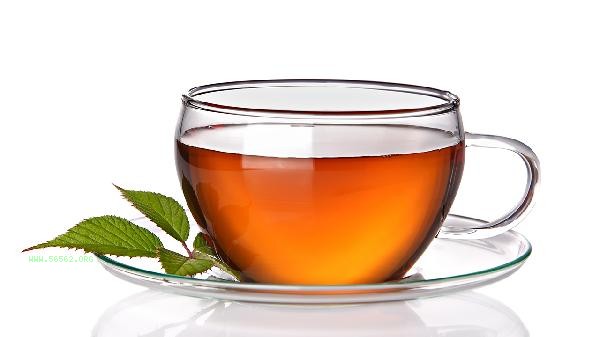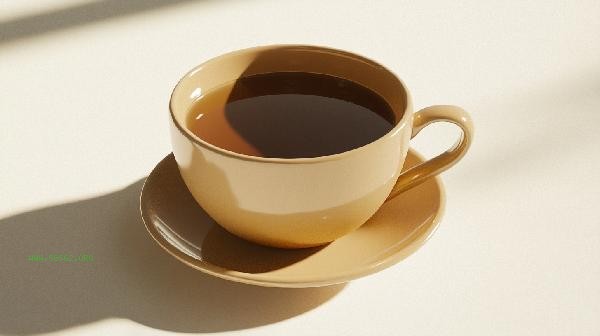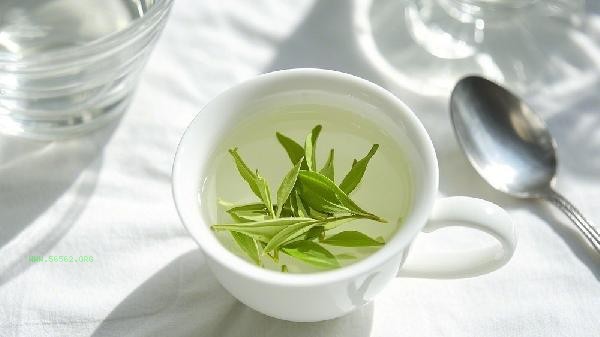The watermark on solid wood tea tables can be removed through daily cleaning and targeted care, mainly using methods such as white vinegar wiping, baking soda scrubbing, hair dryer heating, toothpaste polishing, professional wood restoration, etc.

1. Wipe with white vinegar
Mix white vinegar and olive oil in a 1:1 ratio, dip a soft cloth in it, and gently wipe the watermark area along the wood grain direction. The acidic components in white vinegar can soften water stains and sediment, while olive oil helps nourish wood. After processing, let it stand for 10 minutes and then polish it with a dry cloth, suitable for shallow watermarking. Be careful to avoid excessive use of vinegar that may cause discoloration of the wood.
2. Baking soda paste
Mix edible baking soda with a small amount of water to make a paste, evenly apply it to the watermark with a cotton swab, cover with plastic wrap and let it sit for 2 hours before wiping. The micro particles of baking soda can adsorb and permeate water into wood, and have a significant effect on white circular watermarking. After processing, use a slightly damp cloth to remove any residue, immediately wipe dry and apply wood wax for maintenance.
3. Hair dryer heating
Use a hair dryer to heat back and forth at a low temperature range of 20 centimeters from the watermark, while gently pressing and absorbing water with a clean cotton cloth. Heat can evaporate the water in the capillaries of wood, suitable for fresh water stains that have not dried completely. Pay attention to continuously moving the heat source, heating for no more than 30 seconds at a time to prevent local overheating and cracking.

4. Toothpaste Polishing
Use white paste toothpaste to apply to the surface of the watermark, and use ultra-fine fiber cloth to circle and polish. The friction agent in toothpaste can gently remove surface oxidation marks, especially effective for paint watermarks. After processing, use a wooden cleaner to remove the residue of the paste. It is recommended to test whether it will damage the paint surface in the hidden area of the tea table first.
5. Professional Wood Restoration
Stubborn color bleeding watermarks can be repaired using wood restoration paste, combined with a scraper to fill the fiber depressions in the wood. After repair, sand the sandpaper step by step until smooth, and finally apply the same color wood wax oil. This method is suitable for deep penetration of dark watermarks. Before operation, it is necessary to confirm the type of tea table paint, and distinguish between nitrocellulose paint and water-based paint. When using solid wood tea tables in daily life, surface water stains should be wiped dry in a timely manner, and a protective layer should be formed by curing with wood wax oil every quarter. Avoid using coasters when placing high-temperature cups, and immediately press and absorb water with a highly absorbent cotton cloth instead of wiping after tea spills. Regularly use a humidifier to maintain indoor humidity between 40% -60% to prevent wood from deforming and cracking due to dry wet alternation. If the watermark is accompanied by peeling of the paint surface or blackening of the wood, it is recommended to contact professional furniture repair personnel for handling.









Comments (0)
Leave a Comment
No comments yet
Be the first to share your thoughts!